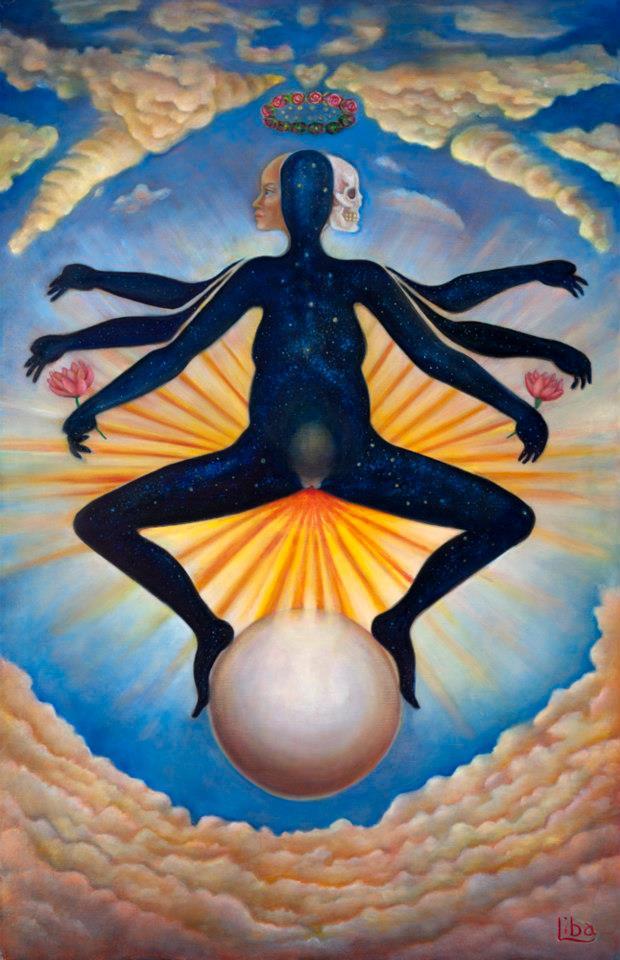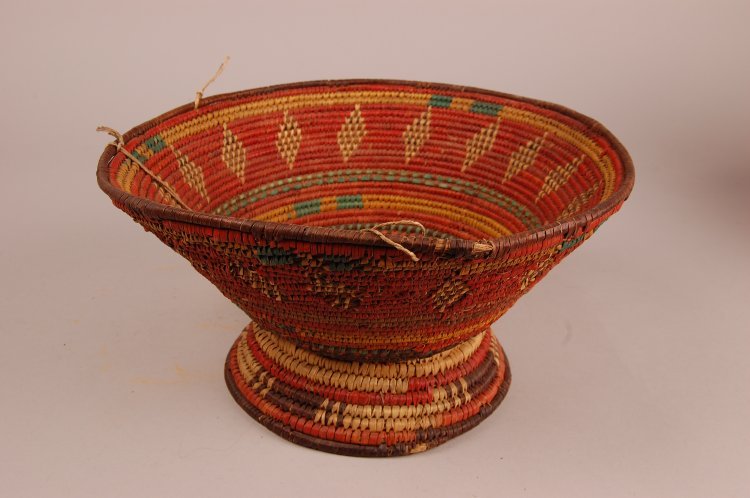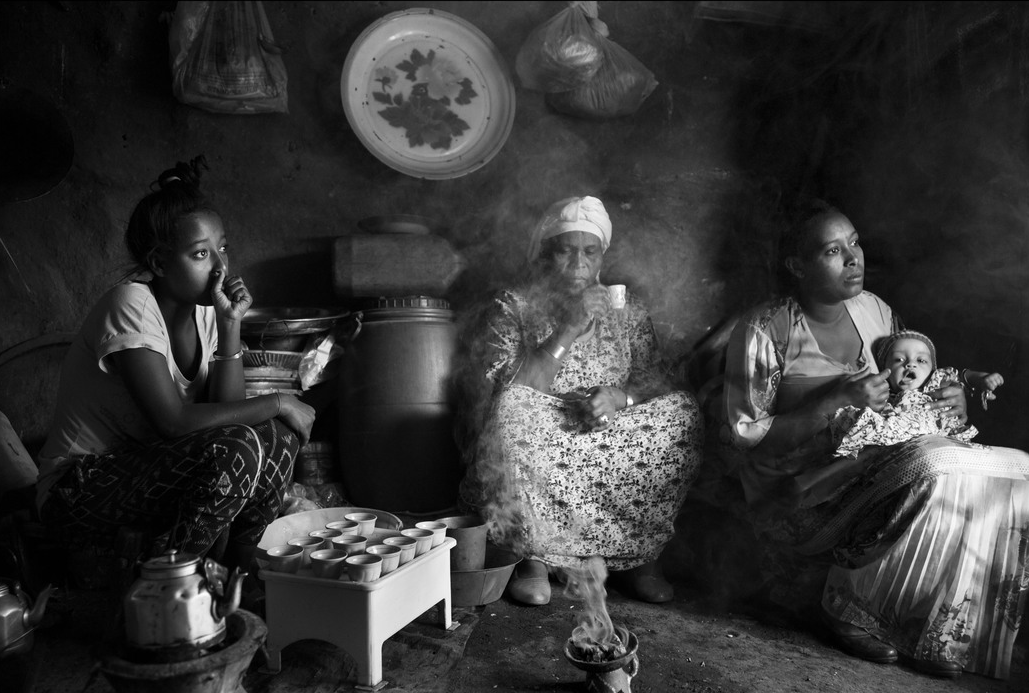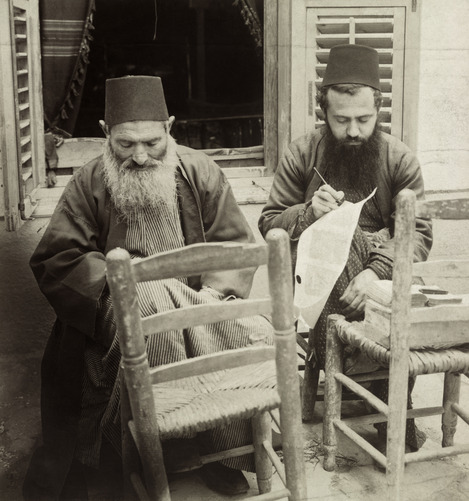ofskfe:
Sephardic song from Turkey
In this song Turkish
Jews describe the Balkan Wars (1912-1913), when European armies were
invading Edirne. Many Sephardic Jews served in the Ottoman Army. Until
the 19th century the Spanish Jews who lived in Turkey were not yet
serving in the Ottoman Army but in 1826 the Janissary soldiers revolted
and they were disbanded by Sultan Mahmud, and as a result, the Sephardic
Jews were gradually recruited as soldiers into the Turkish Army and
many of them died during the Balkan Wars. The song is in Ladino, which
is a version of old Spanish adopted by Sephardic Jews more than 500
years ago. In this song the city of Luleburgaz, where the Jewish Turkish
soldier died, is located in Edirne near the Bulgarian border… Most
interestingly, the last stanza lays the blame on King Ferdinand and his
Edict of Expulsion (1492).
ofskfe:
Portrait of a young Jewish woman in elaborate costume, Iran circa 1880-1928. Antoin Sevruguin.
ofskfe:
Members of Kahal Kadash She'erit Yisrael celebrate Shabbat in Putti synagogue.
Kahal
Kadash She'erit Yisrael is a group of 123 Orthodox Jews based in
eastern Uganda and part of the wider Abayudaya Jewish community The
Abayudaya Jewish sect in Uganda was formed in the 1920’s by military
leader Semei Kakungulu and slowly gained knowledge of Judaism and it’s
practices through Jewish travelers. By the 1970’s there were as many as
3000 members of the Abayudaya, but persecutions by the Idi Amin regime
forced many to convert to Christianity or Islam. Today there are
approximately 700 members and 5 synagogues based around the town of
Mbale in eastern Uganda, with the majority of followers practicing
Conservative Judaism.
ofskfe:
Portrait of a young Jewish woman in elaborate costume, Iran circa 1880-1928. Antoin Sevruguin.
ofskfe:
Portrait of a young Jewish woman in elaborate costume, Iran circa 1880-1928. Antoin Sevruguin.
ofskfe:
Members of Kahal Kadash She'erit Yisrael celebrate Shabbat in Putti synagogue.
Kahal
Kadash She'erit Yisrael is a group of 123 Orthodox Jews based in
eastern Uganda and part of the wider Abayudaya Jewish community The
Abayudaya Jewish sect in Uganda was formed in the 1920’s by military
leader Semei Kakungulu and slowly gained knowledge of Judaism and it’s
practices through Jewish travelers. By the 1970’s there were as many as
3000 members of the Abayudaya, but persecutions by the Idi Amin regime
forced many to convert to Christianity or Islam. Today there are
approximately 700 members and 5 synagogues based around the town of
Mbale in eastern Uganda, with the majority of followers practicing
Conservative Judaism.
ofskfe:
Ketubbah from Kolkata, India; 1915.
This
illustrated marriage contract was created for the wedding of Abraham
Barak (A. B.) Salem (1882–1967) and Ruth Salem, prominent members of the
Jewish community in Kerala, India.
Signature: [Hebrew and English] Abraham B. Salem 7.11.15
ofskfe:
Details of Judith Mosaics by Romanian Jewish artist, Lilian Broca. (Judith Meeting Bethulia Elders / Judith Praying in the Desert)
ofskfe:
Sephardic song from Turkey
In this song Turkish
Jews describe the Balkan Wars (1912-1913), when European armies were
invading Edirne. Many Sephardic Jews served in the Ottoman Army. Until
the 19th century the Spanish Jews who lived in Turkey were not yet
serving in the Ottoman Army but in 1826 the Janissary soldiers revolted
and they were disbanded by Sultan Mahmud, and as a result, the Sephardic
Jews were gradually recruited as soldiers into the Turkish Army and
many of them died during the Balkan Wars. The song is in Ladino, which
is a version of old Spanish adopted by Sephardic Jews more than 500
years ago. In this song the city of Luleburgaz, where the Jewish Turkish
soldier died, is located in Edirne near the Bulgarian border… Most
interestingly, the last stanza lays the blame on King Ferdinand and his
Edict of Expulsion (1492).
ofskfe:
These pages of a large folio festival prayer book, or
Mahzor, according to the Ashkenazi rite, record the elaborate piyutim
(poetic interpolations) composed throughout the Middle Ages to enhance
public worship on the holidays and special sabbaths of the liturgical
year. Lacking a date or a place, the manuscript seems nonetheless to
reflect the codicological and ritual practices of 14th-century Germany.
(via David bar Pesah Mahzor collection)
ofskfe:
Laver and washbasin (for ritual hand-easing before the
priestly blessing) engraved with the hands of the Kohanim, the Tablets,
and dated Shpeliah. Around the rim of the washbasin is the benediction
pronounced by the priests before they bless the congregation, “He who
has made us holy in the holiness of Aaron and has commanded us to bless
his people Israel with adoration.” Moscow, 1781.
ofskfe:
Top: “Yevrabmol” (Jewish Worker Youth), a factory school
for industrial apprenticeships, financed by JDC, a Jewish relief
organization, in Odessa, Ukraine.
Bottom: A mechanized shoemaking
program in Kiev included this class in the Ukrainian language.
Industrial training schools helped young Jews to achieve financial
stability while securing their places in Soviet society. By 1932, more
than half of the USSR’s 2.7 million Jews earned their income from
factory work.
ofskfe:
Three generations of Jewish women drink coffee in the grandmother’s home while incense is burned, Gondar, Ethiopia. A. Abbas.
ofskfe:
Ethiopian Jews upon their arrival at Ben Gurion International Airport near Tel Aviv. Photographs by Micha Bar Am.
ofskfe:
Robotic rendering of the Torah at Berlin’s Jewish Museum
The installation “bios [torah]” by the artist group robotlab
refers to the activity of Torah writing performed in the Jewish
tradition by a specially trained scribe, the Sofer. While the Sofer
guarantees the sanctity of the Scripture, the installation highlights
its industrial reproducibility. It simulates a centuries-old cultural
technique that has long since been overtaken by media developments.
The
Torah written by the industrial robot is not kosher – its origins
fulfill neither the material nor the immaterial requirements of Jewish
religious law. The robot does not distinguish between parchment and
paper. It also has no blessings. It writes what and how it is programmed
to do.
The installation title refers to an elementary
component of computer technology, the Basic Input Output System (BIOS).
BIOS is the system upon which all other computer programs build and is
thus as fundamental to the development of the machine as Scriptures are
to the cultural history of mankind.
[It takes the robot 3 months to complete the process. It takes a rabbi nearly a year to write it out.]
ofskfe:
Ketubbah from Kolkata, India; 1915.
This
illustrated marriage contract was created for the wedding of Abraham
Barak (A. B.) Salem (1882–1967) and Ruth Salem, prominent members of the
Jewish community in Kerala, India.
Signature: [Hebrew and English] Abraham B. Salem 7.11.15
ofskfe:
Details of Judith Mosaics by Romanian Jewish artist, Lilian Broca. (Judith Meeting Bethulia Elders / Judith Praying in the Desert)
ofskfe:
Sephardic song from Turkey
In this song Turkish
Jews describe the Balkan Wars (1912-1913), when European armies were
invading Edirne. Many Sephardic Jews served in the Ottoman Army. Until
the 19th century the Spanish Jews who lived in Turkey were not yet
serving in the Ottoman Army but in 1826 the Janissary soldiers revolted
and they were disbanded by Sultan Mahmud, and as a result, the Sephardic
Jews were gradually recruited as soldiers into the Turkish Army and
many of them died during the Balkan Wars. The song is in Ladino, which
is a version of old Spanish adopted by Sephardic Jews more than 500
years ago. In this song the city of Luleburgaz, where the Jewish Turkish
soldier died, is located in Edirne near the Bulgarian border… Most
interestingly, the last stanza lays the blame on King Ferdinand and his
Edict of Expulsion (1492).








No hay comentarios:
Publicar un comentario